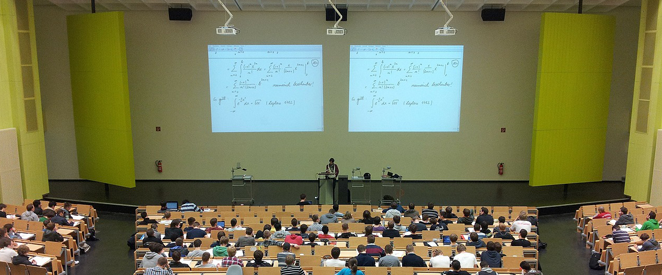I love ler suas mensssagens. I love English. Congragulations.
Using video in the classroom: a presentation from the IATEFL Conference
By Ana | Lições de Inglês


Esse é um post de especial interesse para professores. Veja também esse outro post, sobre o mesmo evento.
Hello, ESL teachers!
This is the first of a two-part series on the 47th IATEFL Conference, which ended April 12th and took place in Liverpool. I haven’t written anything specifically for teachers in a long time and, having come across the Liverpool conference it seemed like a perfect opportunity to rectify that and present you guys with a sample of what’s being discussed by other ESL teachers. So I registered as a Blogger for the Conference and here I am with the first presentation I selected especially for you, Using video in the classroom with teen learners. For those not familiar with it, IATEFL stands for International Association of Teachers of English as a Foreign Language – the community has over 4,000 members and they help develop and support ELT professionals through publications, conferences, groups, scolarships and more.
Now on to the presentation: anyone who’s familiar with Inglês Online will probably know that I’m a big promoter of the consumption of comprehensible input. Audio and the written word are, of course, input and may well be comprehensible to the person listening and reading. Video, however, as we all know, kicks it up a notch (or two) by adding animated images to the mix. No wonder so many learners make huge improvements in their English by watching sitcoms and/or movies. So that’s why deciding to watch this presentation by Elana Boteach Salomon and Jonathan Rickard was a no-brainer for me.
Here are a few highlights:
Watch the video for Elana and Jonathan’s presentation:
Teachers, I’d love to hear about your own experiences using videos in the ESL classroom. Let us know in the comments, and stay tuned for my second post on the IATEFL Conference.
I love ler suas mensssagens. I love English. Congragulations.